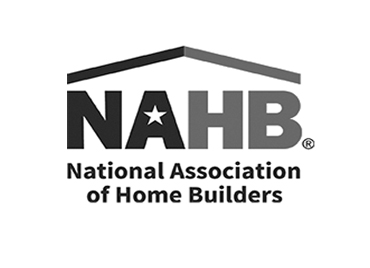About
Our
Work
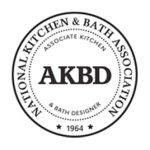
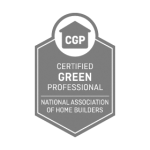

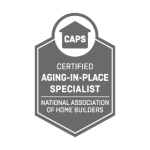
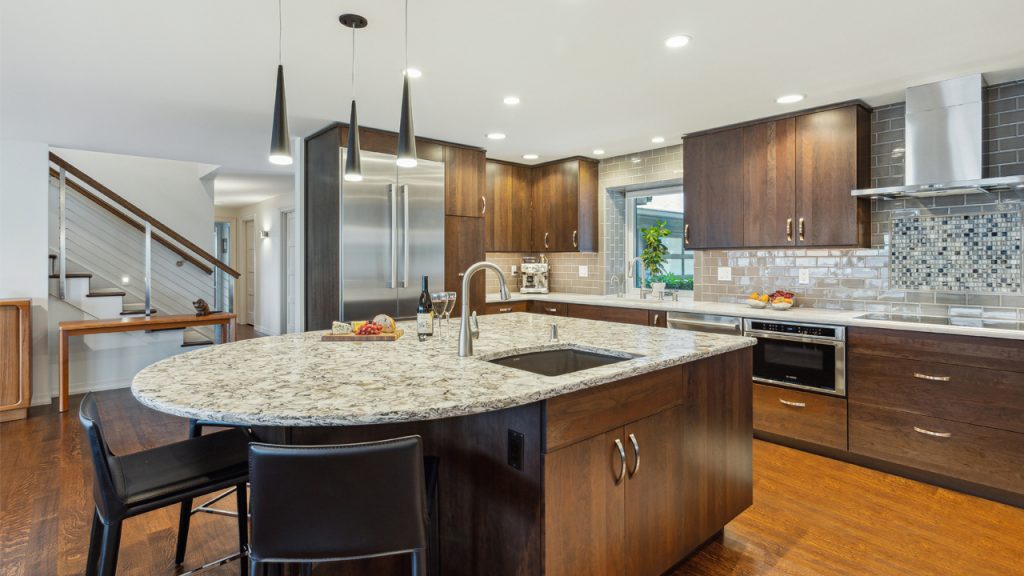
The Art of Sustainable Design
Like art, sustainable design, and it’s sibling sustainable construction, is characterized differently by each person. From low/no toxicity materials to Net Zero homes, sustainability runs a wide gamut and is often defined by the physical parameters of a project as well as the needs and desires for whom the project is being created.
The universal end goal of sustainability is to engage the principles of the triple bottom line, or the 3Ps – people, planet, and profit. As an example, utilizing locally derived and fabricated wood products or repurposing existing materials with their inherent embodied energy, can render net positive benefits with respect to indoor air quality (people), resource efficiency coupled with a low carbon footprint (planet) along with a boost to the local economy (profit).
By embracing sustainable design principles, a home can contribute to the health, wellness and comfort of its occupant(s) while treading lightly on the environment. When we factor water and energy efficiency, indoor air quality, water quality, natural and artificial lighting, sound quality, natural aesthetics as well as the requisite care and maintenance of a home into the design of a project, we can achieve sustainability on multiple levels in the built environment.
Accessible Design
The art of accessible residential design is a thoughtful, inclusive approach that seeks to create comfortable and functional living spaces for individuals with diverse needs, abilities, and preferences. This design philosophy prioritizes ease of use, adaptability, safety, and vistability, ensuring that home environments accommodate people of all ages and abilities.
Accessible design goes well beyond wide doorways and grab bars and should be perceived as seamless with few, if any, visual similarities with an Americans with Disabilities Act compliant space. An accessibly designed space is highly functional and as such exudes its own beauty by the mere fact that navigating and using the features of the home is so much more efficient and enjoyable. Key aspects of accessible design include the ability to live-in-place no matter what the future holds at a fraction of the cost of either crisis retrofits or relocation. By integrating features such as zero threshold showers, decorative grab bars, cabinet convenience hardware that brings the content of the cabinets to you rather than you to the contents, and smart home technology that allows you to control heating/cooling, window coverings, security equipment and more from a personal digital assistant devise (PDA), accessible design transcends mere functionality and elevates a home to a welcoming, aesthetically pleasing, and barrier-free space that promotes independence, peace of mind and improved quality of life for all occupants (including caregivers).
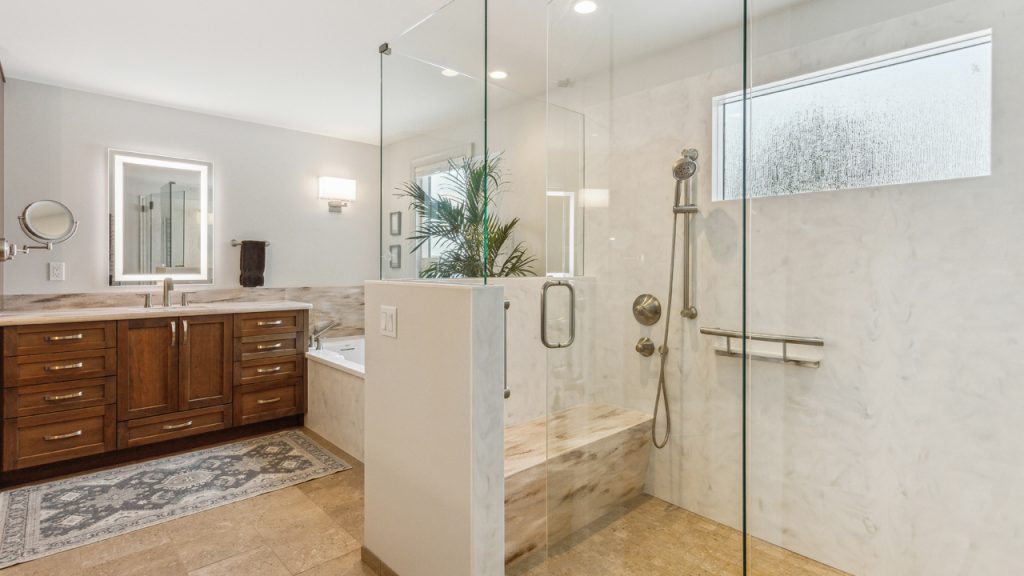

Designing for Health & Wellness
Design that prioritizes health and wellness seeks to create living spaces that enhance visual appeal while promoting physical, mental, and emotional well-being.
This holistic approach considers various aspects of a home’s environment, such as indoor air quality, lighting, acoustics,
and ergonomics. By incorporating features such as improved ventilation systems, low-VOC (volatile organic compound) materials, and air-purifying plants, homeowners can reduce allergens and toxins to create a cleaner and healthier indoor environment. Thoughtful lighting design, balancing natural and artificial light sources, can help regulate circadian rhythms, boost mood, improve sleep as well as reduce eye strain. Soundproofing techniques and materials can provide a serene, noise-free environment, fostering relaxation and reducing stress. Incorporating a variety of earth sourced materials such as stone, wood, and natural fiber textiles, provides one’s home interior with an authentic connection with nature which has proved to have a positive effect on one’s outlook on life. When health and wellness are at the forefront of residential design, the result is a harmonious and rejuvenating living space that nurtures an occupants’ well-being.
